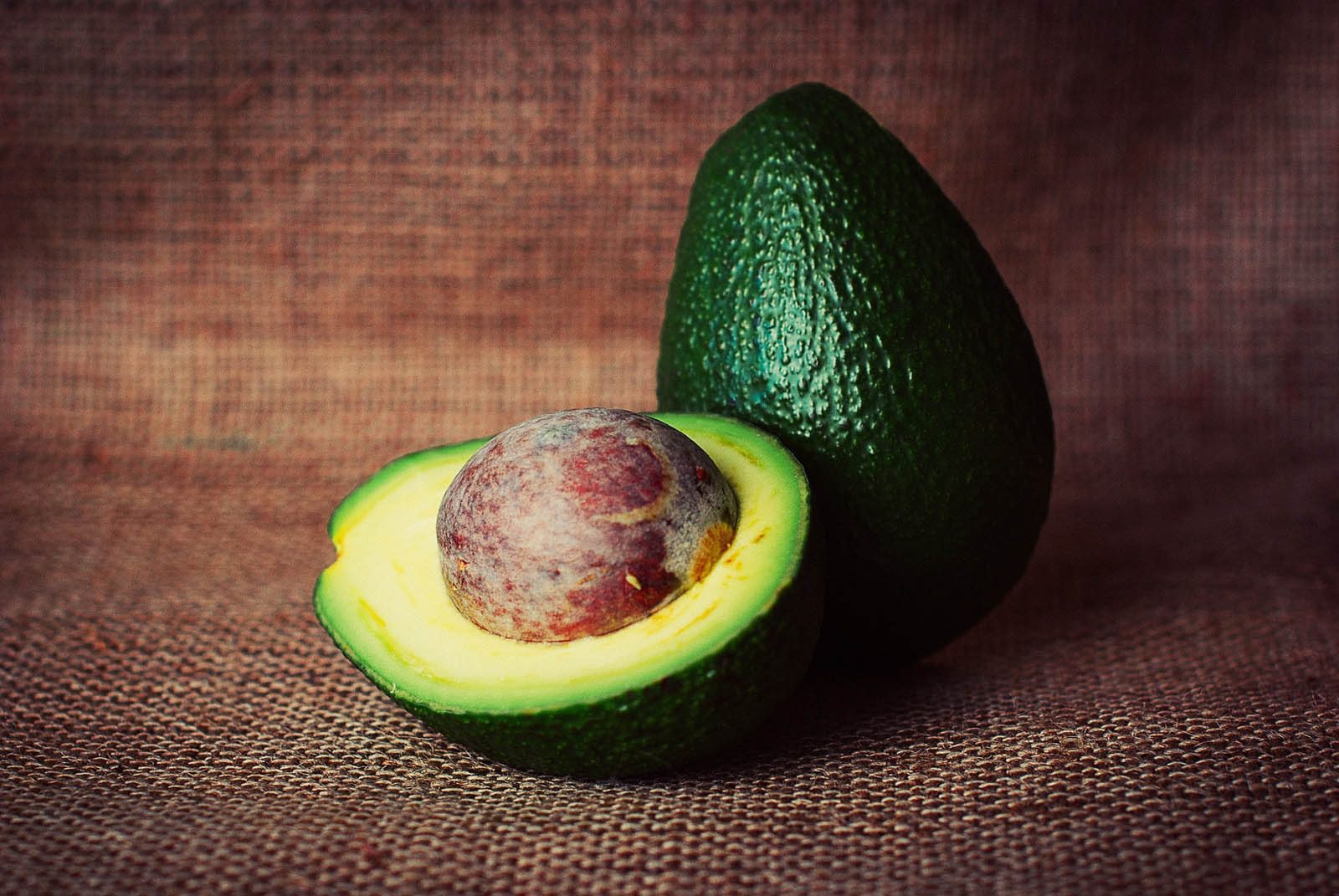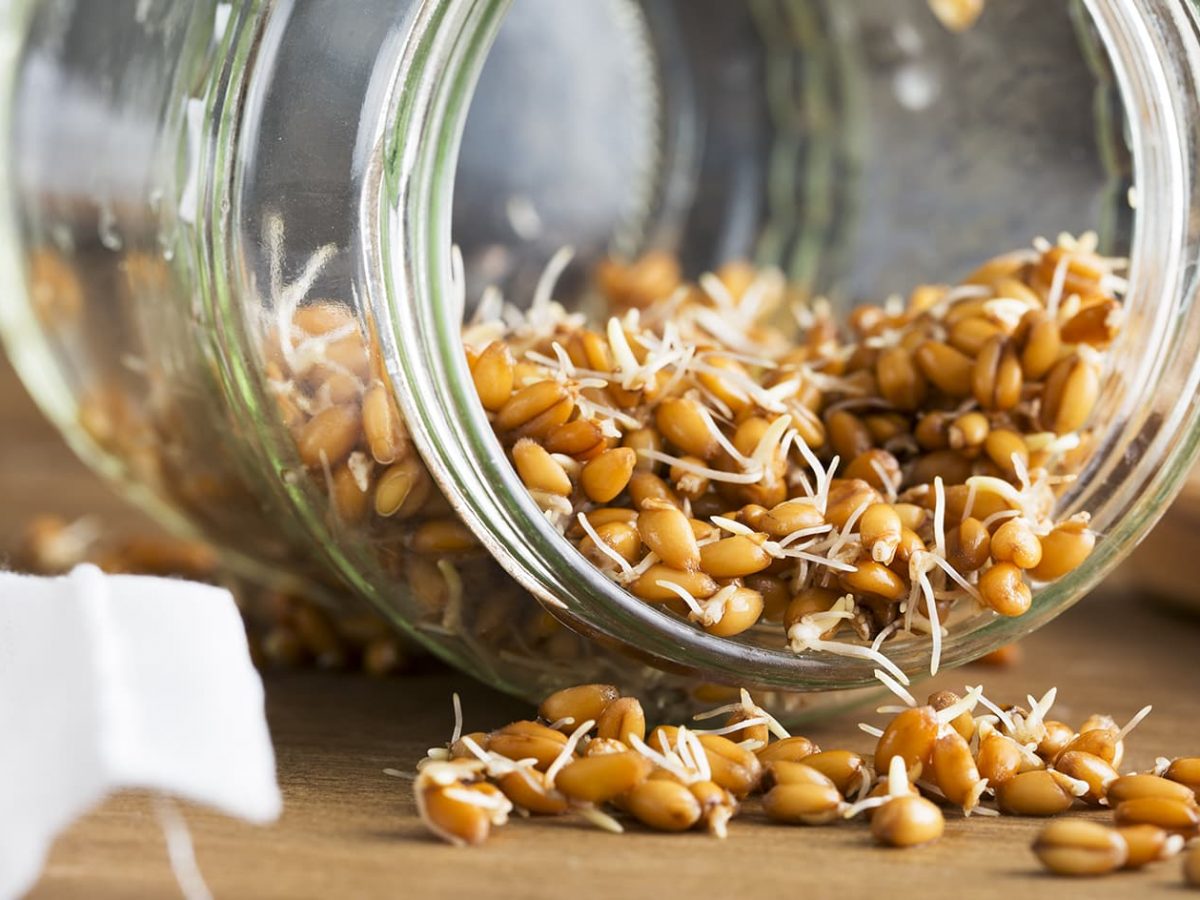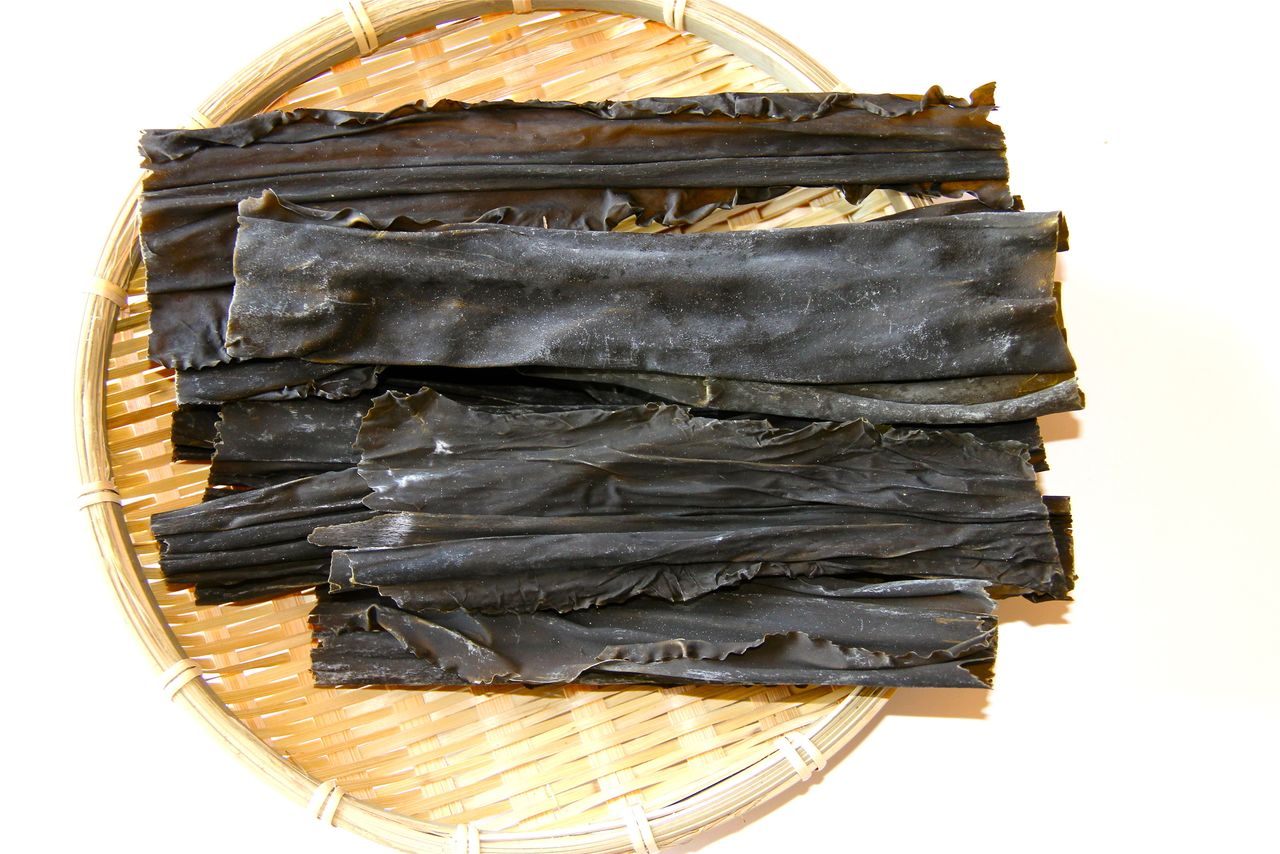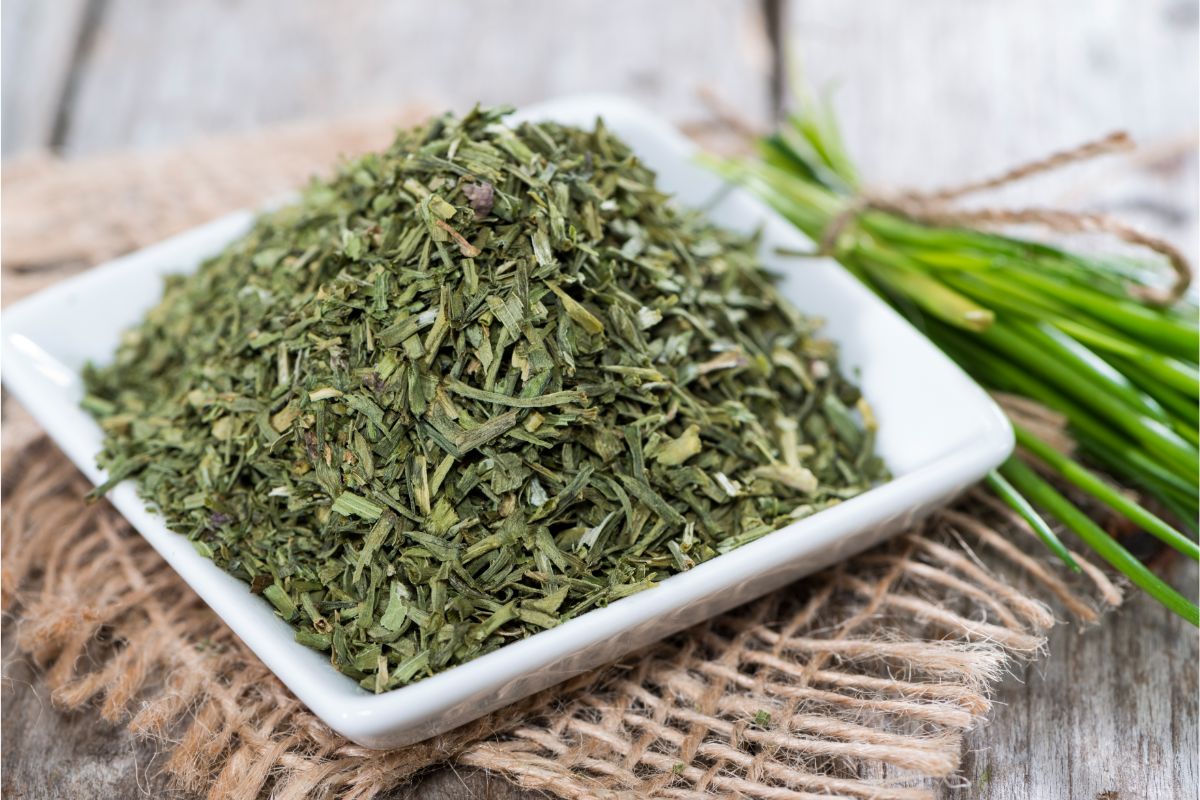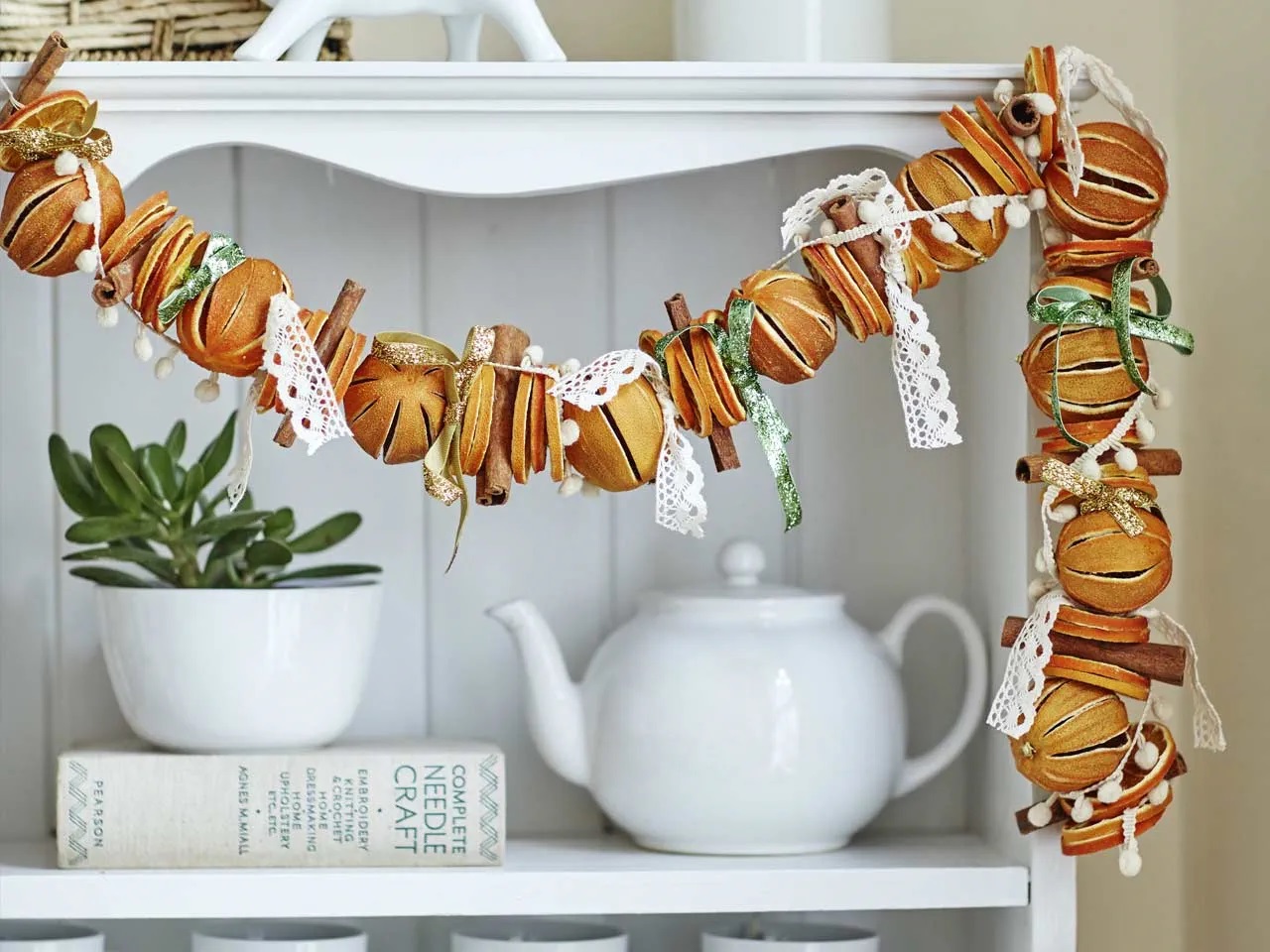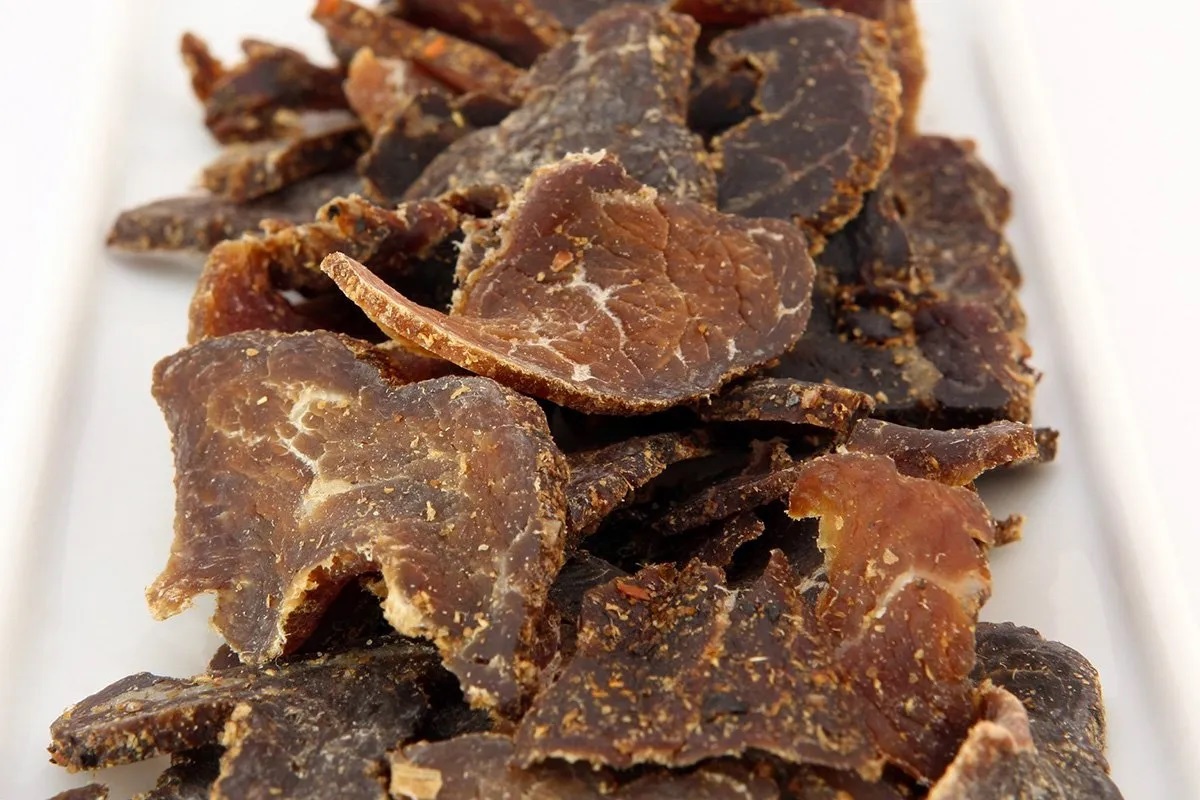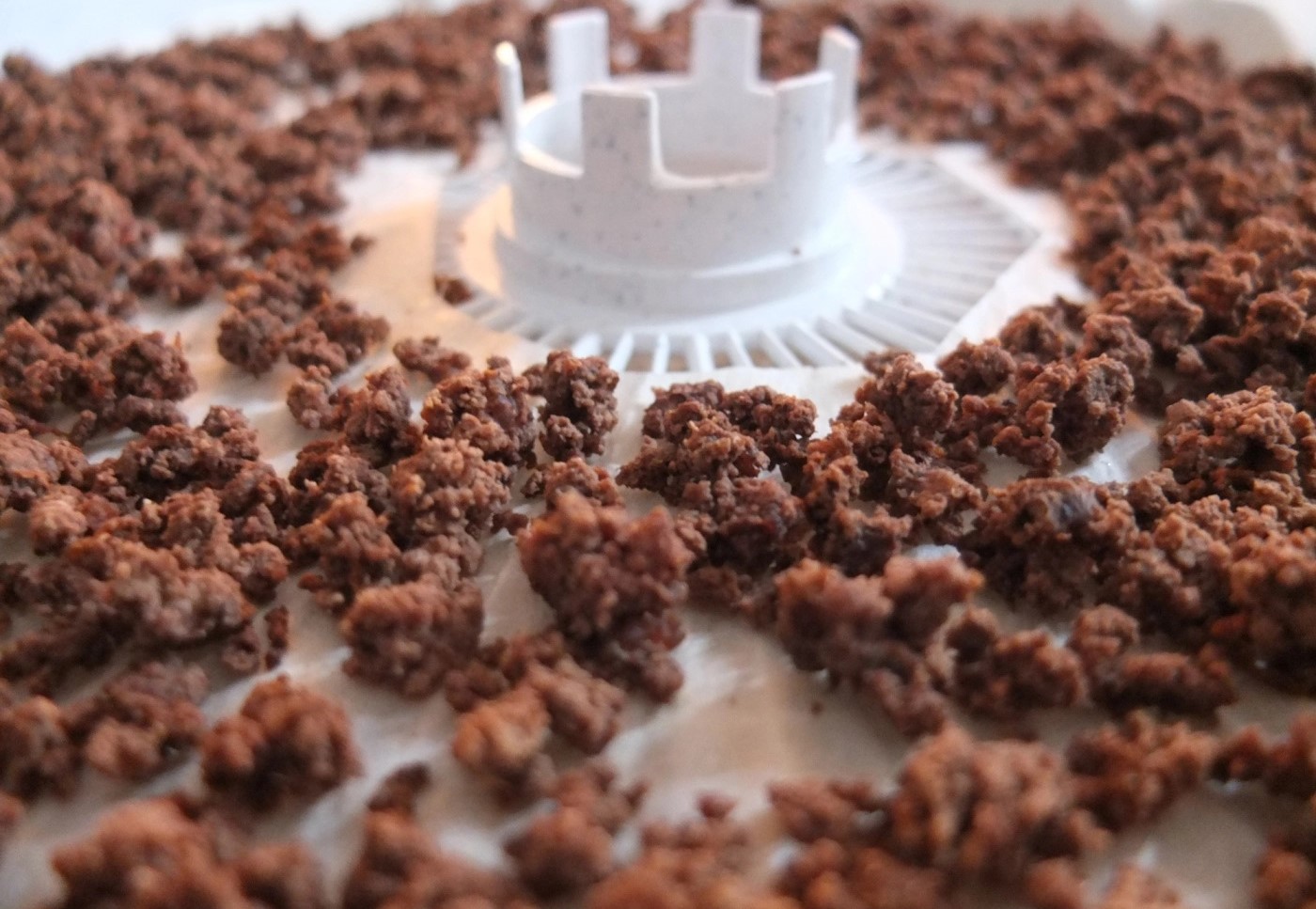Dehydrating Leaves for Tea: A Step-by-Step Guide
Are you a tea enthusiast looking to enjoy the flavors of your favorite leaves all year round? Dehydrating leaves for tea is a simple and rewarding process that allows you to preserve the freshness and flavor of your favorite herbs and plants. Whether you’re a fan of green tea, mint tea, or chamomile tea, learning how to dehydrate leaves for tea will open up a world of possibilities for creating your own custom blends.
Why Dehydrate Leaves for Tea?
Dehydrating leaves for tea offers several benefits:
- Preservation: Dehydrating leaves helps to preserve their flavor and nutrients, allowing you to enjoy them long after they have been harvested.
- Custom Blends: Once your leaves are dehydrated, you can mix and match different varieties to create unique tea blends tailored to your taste preferences.
- Convenience: Having a supply of dehydrated leaves on hand makes it easy to brew a cup of tea whenever the mood strikes, without the need to run to the store.
Steps to Dehydrate Leaves for Tea
Now, let’s walk through the simple process of dehydrating leaves for tea:
- Select Your Leaves: Choose fresh, high-quality leaves from plants such as mint, chamomile, or lemon balm. Make sure to pick leaves that are free from blemishes and discoloration.
- Wash and Dry: Gently wash the leaves to remove any dirt or debris, then pat them dry with a clean towel. It’s important to start with clean, dry leaves to ensure the best results.
- Prepare for Dehydration: Arrange the leaves in a single layer on a dehydrator tray, ensuring that they are not overlapping. If you don’t have a dehydrator, you can also use a baking sheet lined with parchment paper.
- Set the Temperature: If using a dehydrator, set the temperature to around 95°F to 115°F (35°C to 46°C). If using an oven, set it to the lowest temperature possible, usually around 140°F (60°C).
- Monitor the Drying Process: Depending on the type of leaves and the drying method used, the process can take anywhere from a few hours to a day or more. Check the leaves periodically to ensure they are drying evenly and not becoming too brittle.
- Store the Dehydrated Leaves: Once the leaves are completely dry and crisp, allow them to cool to room temperature before transferring them to an airtight container. Store the container in a cool, dark place to maintain the freshness of the leaves.
Enjoying Your Dehydrated Leaves
Now that you have successfully dehydrated your leaves, it’s time to enjoy the fruits of your labor. Here are a few ideas for using your dehydrated leaves:
- Brewing Tea: Simply steep a teaspoon of dehydrated leaves in hot water to enjoy a soothing cup of homemade tea.
- Creating Blends: Mix and match different dehydrated leaves to create custom tea blends that suit your taste preferences.
- Culinary Uses: Get creative in the kitchen by incorporating dehydrated leaves into recipes for infused syrups, dressings, or desserts.
Dehydrating leaves for tea is a simple and enjoyable way to extend the life of your favorite herbs and plants. By following these steps, you can create a supply of dehydrated leaves that will keep you stocked with delicious, aromatic tea for months to come.
So, go ahead and start dehydrating your leaves today, and elevate your tea-drinking experience to a whole new level!
With the guide on dehydrating leaves for tea, readers can dive into a variety of exciting recipes. For those who love a warm and comforting drink, the Lavender Chamomile Sleepy Time Tea is a must-try, offering a perfect blend for relaxation. If you're into refreshing beverages, the Lemon Balm Tea-Infused Lemonade provides a zesty twist on classic lemonade. For a culinary twist, the Sage and Lemon Balm Brined Chicken showcases how tea-infused brine can elevate your dishes. And for a sweet treat, the Herbal Tea-Infused Sorbet offers a delightful and refreshing dessert option. These recipes not only utilize the dehydrated leaves but also highlight their versatility in both drinks and dishes.
Was this page helpful?
Read Next: How To Dehydrate Oregano In The Oven
